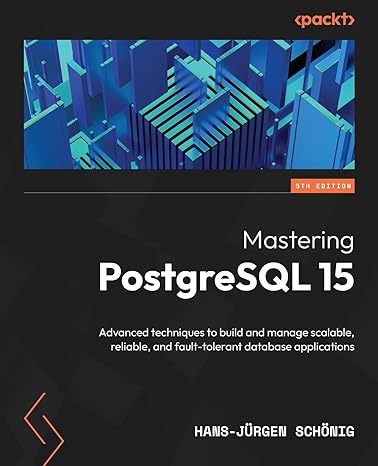
2. Controller architecture On the side is the 'most often used" architecture in sisotool. It is also one of the most general ones. Plant G and the sensor H are prescribed, but the rest (F and G) you'll have to design, based on the specifications But sisotool offers a few more architectures (and many more are possible) These other forms are sometimes more convenient based on your control ideology, but in the end all are equivalent. Show that all the four architectures below: a), b), c), d) are reducible to the 'most often used' one a) almost my favorite! c) multiple loops d) internal-model control G1 G2 This is an interesting one! G1 is the actual plant model, G2 is what controller thinks the plant model is, controller gives the input uC to the actual plant G1 to receive the output y But it also simulates an expected response by internally computing the response of uC to G2. The difference between the two responses is ym. The two are different because the actual plant model G1 may be different from the internally perceived model G2, and also there are disturbances du, dy in the actual case Controller 'runs' on this difference (ym) as feedback and adjusts things accordingly (look up pdf controllers!) In this case there is no H block after y, and no noise 'n you can put these if needed. Or just assume H-1, n=0 Hint: This is all block diagram algebra people. For example, take the form a). Do some serious block diagram algebra to reduce it to the 'most often used' form. In the end, F and C in the 'most often used' configuration are equivalent to some combinations of blocks F and C from form a), such that all the TFs from r-y, du-y, dy-y etc remain same. Find this relation between F and C in the most used form, to the F and C in the form a) (and so on) Here is one more architecture offered by sisotool. It is useful for Hierarchical control: when there is a controller within a controller. Ignoring du1 and n1, this one is also easily reducible to the most used one uC2 C2 G1 H1 n1 H2 2. Controller architecture On the side is the 'most often used" architecture in sisotool. It is also one of the most general ones. Plant G and the sensor H are prescribed, but the rest (F and G) you'll have to design, based on the specifications But sisotool offers a few more architectures (and many more are possible) These other forms are sometimes more convenient based on your control ideology, but in the end all are equivalent. Show that all the four architectures below: a), b), c), d) are reducible to the 'most often used' one a) almost my favorite! c) multiple loops d) internal-model control G1 G2 This is an interesting one! G1 is the actual plant model, G2 is what controller thinks the plant model is, controller gives the input uC to the actual plant G1 to receive the output y But it also simulates an expected response by internally computing the response of uC to G2. The difference between the two responses is ym. The two are different because the actual plant model G1 may be different from the internally perceived model G2, and also there are disturbances du, dy in the actual case Controller 'runs' on this difference (ym) as feedback and adjusts things accordingly (look up pdf controllers!) In this case there is no H block after y, and no noise 'n you can put these if needed. Or just assume H-1, n=0 Hint: This is all block diagram algebra people. For example, take the form a). Do some serious block diagram algebra to reduce it to the 'most often used' form. In the end, F and C in the 'most often used' configuration are equivalent to some combinations of blocks F and C from form a), such that all the TFs from r-y, du-y, dy-y etc remain same. Find this relation between F and C in the most used form, to the F and C in the form a) (and so on) Here is one more architecture offered by sisotool. It is useful for Hierarchical control: when there is a controller within a controller. Ignoring du1 and n1, this one is also easily reducible to the most used one uC2 C2 G1 H1 n1 H2







